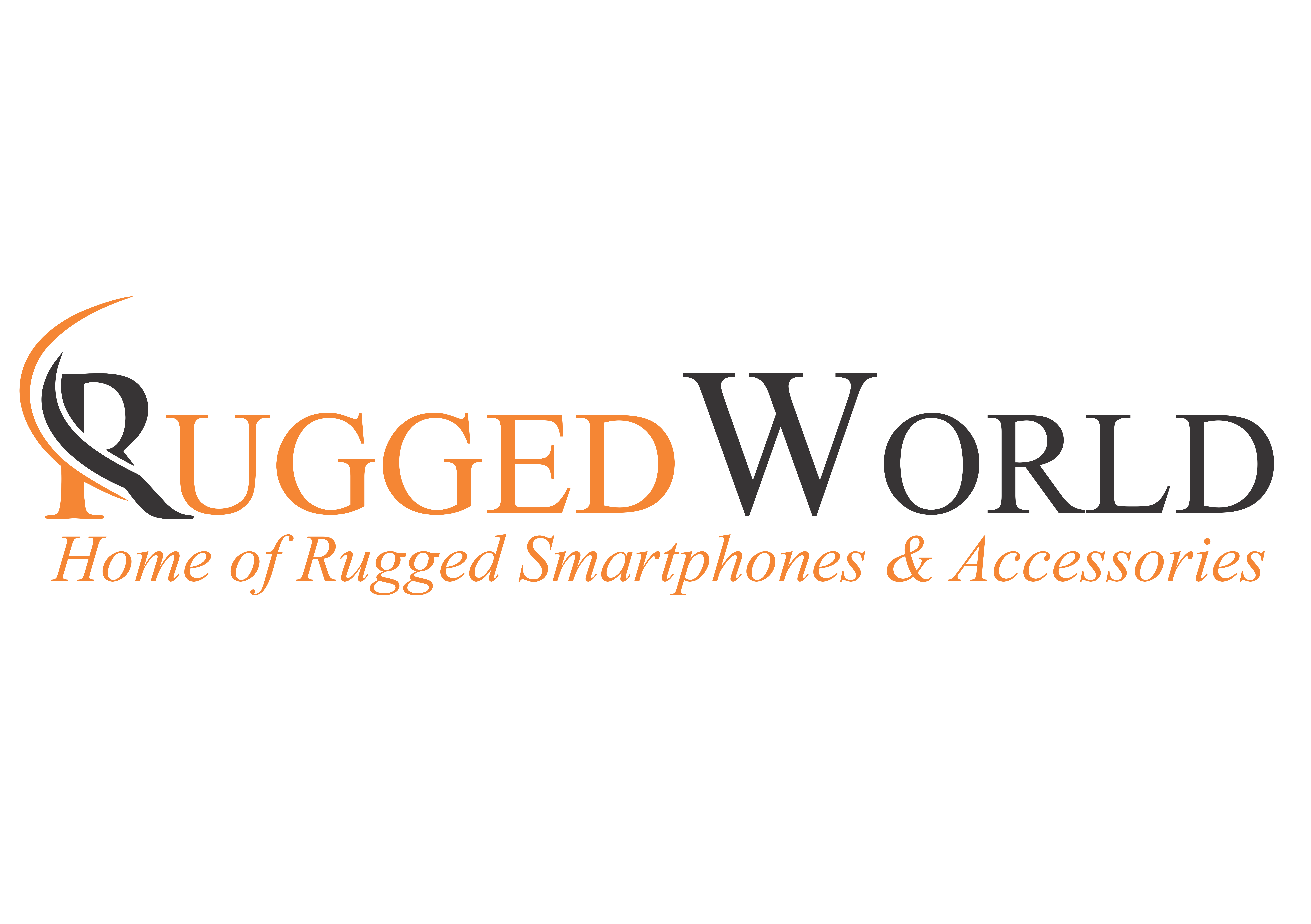Rugged phones ordinarily come with some rating standards. There are primarily 3 types of standards for rugged phones that you will also find among our range of products at RuggedWorld Zimbabwe. The International Protection (IP) and the US Military MIL-STD are standards that guarantee the reliability of devices, making sure they can survive much more than standard phones in harsh conditions. The International Electrotechnical Commission (IEC) designed the Ingress Rating (IP) ratings to provide users with more useful information on exactly how resistant a device is to water and solid materials, such as dirt, dust and sand. The code consists of the letters IP followed by two digits, the combination of which classifies the degrees of protection provided against the intrusion of solid materials (including body parts, tools, wires dust) and water in electrical enclosures. You will notice, as you read along that these ratings augur well for the typical harsh environments where construction workers, engineers, safari operators, non-governmental organisations field workers are always exposed to in Zimbabwe and Africa in general.
The long battery life that normally comes with most rugged phones models will also put your mind at ease as you conduct your activities in challenging environments. Below we look at the most popular ratings available on most phones.
IP 68 standard
Devices backed by an international standard rating of IP68 are deemed fit enough to withstand dust, dirt and sand, and are resistant to submersion up to a maximum depth of 1.5m underwater for up to thirty minutes.
IP 69K standard
The IP69K ingress protection rating provides protection against ingress of dust and high temperature, high pressure water – making products with this certification ideal for use in conditions where equipment must be carefully sanitized.
In industries such as food processing, where hygiene and cleanliness is paramount, equipment must be able to withstand rigorous high pressure, high temperature wash-down procedures.
In many industries, where dust and dirt can be an issue, it is important to ensure that dust cannot penetrate the casing of a product and cause it to fail.
The IP69K rating is the highest protection available.
IP Ratings Scale
| First number – Protection against solids | Description |
| 0 | No protection. |
| 1 | Protected against solid objects greater than 50 mm. |
| 2 | Protected against solid objects greater than 12 mm diameter. |
| 3 | Protected against solid objects greater than 2.5mm diameter. |
| 4 | Protected against solid objects greater than 1.0mm diameter. |
| 5 | Dust protected. |
| 6 | Dust tight. No Ingress of dust. |
| Second number – Protection against liquids | Description |
| 0 | No protection. |
| 1 | Protected against vertically dripping water. |
| 2 | Protected against dripping water when tilted up to 15°. |
| 3 | Protected against spraying water at an angle of up to 60° from vertical. |
| 4 | Protected against splashing water when the enclosure is tilted at any angle up to 15°. |
| 5 | Protected against water jets from any direction |
| 6 | Protected against heavy seas or powerful jets of water. |
| 7 | Protected against the effects of short term immersion (under defined conditions of pressure and time). |
| 8 | Protected against submersion (under conditions specified by the manufacturer). |
| 9k | Protected against close-range high pressure, high temperature spray downs. |
The MIL-STD-810 standard
MIL-STD-810G is a US military specification that guarantees a level of durability for a piece of technology. Specifically, it means the equipment has gone through a series of up to 29 tests. These put the phone up against shock, vibration, heat, cold, gunfire shock, humidity, and more. Any MIL-STD-810G device should be field-ready or even “combat-ready” in principle. A lot of technology sold to the US military must be MIL-STD-810G compliant. The standard has its sub-categories such as the MIL-STD-810G, MIL-STD-810H etc.
The rigorous testing regiment for the military grade classification includes a drop test, consisting of 26 drops from a height of 4 feet/1.2m, testing drops at many different angles, with the phones inspected for damage after each drop. The other most strenuous test is temperature shock test, where the device is firstly stored, and later operated in extremely hot and cold temperatures. This test involves putting the device in a temperature loop between at temperatures of -40℃ and +70℃, for 30 minutes each, and repeating this loop 32 times.
Examples of characteristics tested for MIL-STD-810G are listed below:
| Low pressure High temperature Low temperature Temperature shock Fluid contamination Solar radiation Rain Humidity Fungus Salt fog Sand and dust Explosive atmosphere Immersion Acceleration Vibration | Acoustic noise Shock Pyroshock Acidic atmosphere Gunfire shock Temperature, humidity, vibration, and altitude Icing/freezing rain Ballistic shock Vibro-acoustic/temperature Freeze/thaw Time waveform replication Rail impact Multi-exciter Mechanical vibrations of shipboard equipment |
While MIL-STD-810G is a much more common standard among smartphones, there’s a newer standard that succeeds it. The list of tests is actually the same as previously listed but tests have been updated with newer standards for better accuracy and ruggedness. That said, the difference between MIL-STD-810G and MIL-STD-810H might be minuscule for most users, but it’s important to keep it in mind if you absolutely want the latest military standard revision.En
You can browse our range of rugged phones and other outdoor accessories to order a rugged smartphone that will exceed your expectation. We stock mostly Doogee, Oukitel, Umdigi, Ulephone and Cubot rugged phones.
If you can’t find the model you are looking for, you can contact us via Whatsapp or email us sales[at]ruggedworld.co.zw and we will contact you back.
Enjoy the African sun!
Rugged Smartphones
Rugged Smartphones
